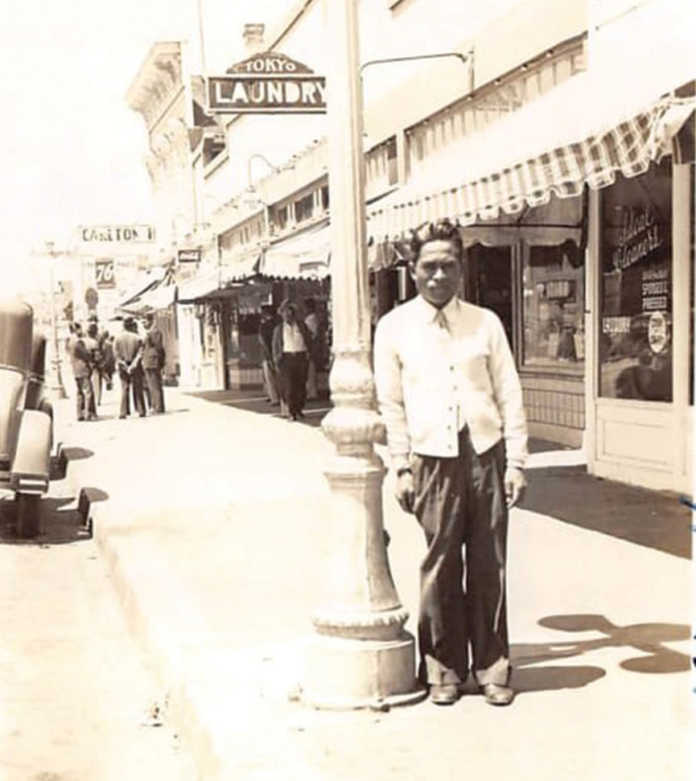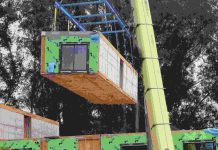WATSONVILLE—For many residents, January 1930 represents a dark time in the history of Watsonville.
For five days, hundreds of armed white men took to the city’s streets, targeting and beating Filipino-American farmworkers who they claimed were stealing their jobs and women.
The riots came to a head on the night of Jan. 20, 1930, when 22-year-old Fermin Tobera died after being shot at Murphy Ranch on San Juan Road.
“It’s incredible how many people don’t know about it,” said Ray Recio, whose father immigrated to Watsonville from the Philippines in 1928. “This was a huge moment—one that changed the city forever.”
The scant knowledge of the Watsonville riots and other pivotal moments in local Filipino-American history drove Recio to take on a new community project.
This Saturday, Recio will hold a “Community Call Out” at the Freedom Branch Library, urging Filipino-American residents to come share their family’s past. Recio hopes to then create a special exhibit, “Watsonville is in the Heart,” at Watsonville Public Library in February.
“My dad died last year—and my mom back in 2004,” Recio said. “Suddenly I realized that if I don’t display the initiative to tell these stories, no one will. We can’t wait around.”
Recio is inviting the community to bring photographs, clothing, old newspaper clippings and other artifacts they want to share to the Freedom Branch Library, 2021 Freedom Blvd., on Saturday from noon to 4 p.m.
“I know there are people here who would want to share their stories,” Recio said. “I want this project to bring them forward, to get people involved and excited. We have made huge contributions to this town’s history—this is the time to highlight that.”
The upcoming exhibit, “Watsonville is in the Heart,” was inspired by Carlos Bulosan’s 1924 book “America is in the Heart.” The semi-autobiographical novel was one of the very first texts that presented the experiences of the Asian-American working class.
“[Bulosan] really captured what it was like to be an outsider in the fabric of America,” Recio said.
The Watsonville riots of 1930 spurred on other racially-motivated tensions throughout the state. In 2011, in a resolution written by Assemblyman Luis Alejo, California officially apologized for the riots and the discrimination the Filipino-American community has faced since.
But Recio said that it won’t be enough if people don’t remember and learn from the past.
“People go, ‘Wow, this kind of thing even happened in Watsonville?’” he said. “Yes, yes it did. It’s really important to remember, so we can keep moving forward.”











